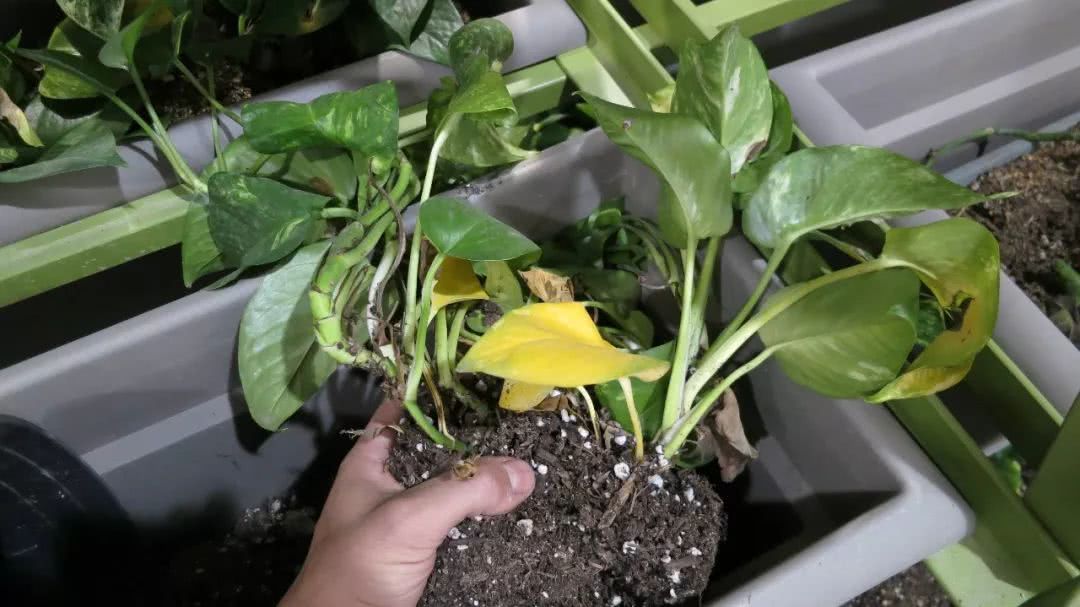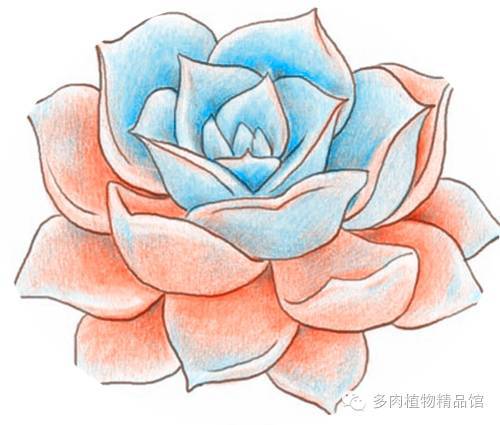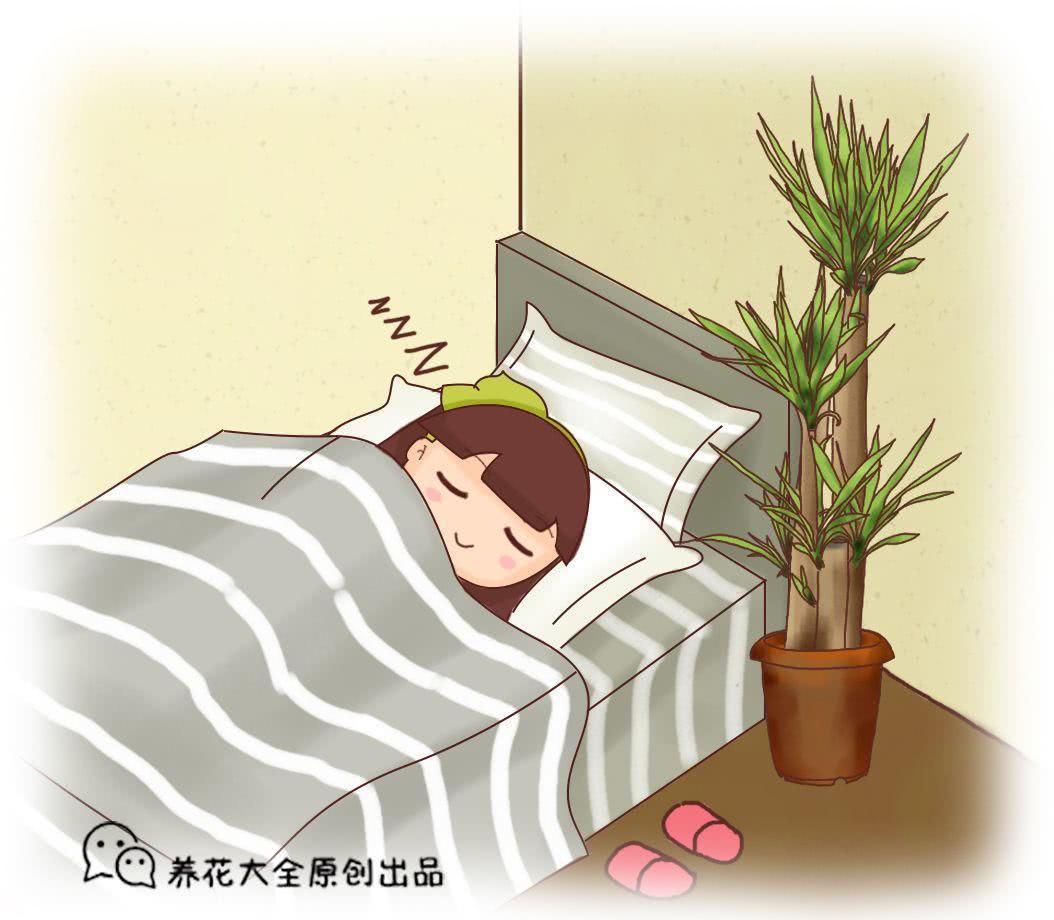The rotten roots of several common indoor potted plants can be quickly restored to health by this method.

Novice maintenance of potted plants, the most likely to occur is yellow leaves and rotten roots, indoor potted plants will appear rotten roots, usually due to excessive watering or soil water, it is also possible that there is stagnant water on the tray, did not pour out in time, resulting in the soil has been very wet, and finally the root system rot.
When novice gardeners see the rotten roots of potted plants, they usually throw them away directly, because they don't know how to deal with them, and they don't improve the situation in time, and eventually the whole plant will rot and turn black. if there are rotten roots, these methods can be used to solve the problem.
1. Rotten root of green pineapple
Green pineapple is the most common potted plant indoors. It likes the warm and humid environment all the year round, but it is easy to rot the roots if it is watered too much. The first condition is that the leaves turn yellow. If the moisture in the soil is not dried in time, it will lead to rotten roots.
If the green pineapple with rotten roots is not dealt with in time, the rotten part will continue to increase, eventually leading to the decay of the whole plant.
If you find that the leaves of the green apple are yellow, you should timely check whether the rhizome is rotten and whether the soil has been moist all the time. If you find the rotten root, pick up the green apple in time, clean it and cut off the rotten roots and rotten branches.
The remaining healthy green apple branches can be cut directly in the water to take root, and the leaves at the bottom should be removed, so that the leaves can not be soaked in the water, or they can be transplanted to new potted soil to propagate.
2. The rotten root of Cymbidium
If the rotten roots of Cymbidium should be dealt with in time, the root system of Cymbidium is very large and there will be massive roots. If the soil is stagnant or moist for a long time, it is easy to have rotten roots, so it is necessary to change the basin in time and just cut off the rotten parts. If the rotting root is too serious, it will be difficult to save.
In the orchid culture room, the soil should also be avoided from stagnant water or long-term dampness. when it is found that the rotten roots are cut off with sharp scissors, the remaining branches should be soaked in potassium permanganate solution for 5-10 minutes, and then cultivated in a new basin soil.
3. Treatment of rotten roots of rich trees.
The rich tree is a common indoor plant. It is very easy to maintain and does not require frequent watering. You can often spray water indoors to maintain a certain amount of air humidity, but the soil can not be moist for a long time, otherwise it is easy to rot the roots.
After the rotten roots of the rich tree, the rotten part can be cut off directly, it can be sawed off directly with a saw, and the remaining healthy branches are cut diagonally at the bottom and dipped in a little rooting powder, and then they can be cut in loose, breathable and well-drained sandy soil. keep the soil moist, ventilated and properly moist.
4. Treatment of rotten roots of money tree.
Money tree is a very drought-tolerant indoor plant, in the process of conservation, it must wait for the soil to be completely dry before it can be watered through and raised indoors. If the soil is moist or stagnant for a long time, or the temperature is too low, it is easy to cause rotten roots.
There will be some tubers at the bottom of the rhizome of the tree, and it is easy to cause rotten roots when the soil is moist for a long time. It is necessary to change the basin in time, cut off the rotten part directly, soak it with diluted potassium permanganate solution, and cultivate it with new sandy soil after sterilization.
During the period of cutting propagation, keeping the soil moist, ventilated and a little scattered light can usually take root and sprout in two or three weeks.
- Prev

Matters needing attention in succulent plant culture
Network 1, temperature: the indoor temperature of raising succulent plants is best controlled at about 15-28 degrees. Generally speaking, the indoor temperature is suitable. The maximum limit cannot exceed 5 degrees and the maximum cannot exceed 35 degrees. 2. Lighting: choose as much as possible.
- Next

The weather is getting drier and drier. Don't raise daffodils at home. Be careful not to sleep well at night.
Recently, the weather is very dry, many flower lovers like to put potted flowers in the bedroom, which not only looks good, but also adds a little humidity to the air. But the bedroom is a place to rest and relax, so don't put it casually, especially poisonous and irritating smell.
Related
- Wuhan Hospital Iron Tree Blooming Result Was Instantly Frightened by the Gardener Master
- Which variety of camellia is the most fragrant and best? Which one do you like best?
- What is the small blue coat, the breeding methods and matters needing attention of the succulent plant
- Dormancy time and maintenance management of succulent plants during dormancy
- Minas succulent how to raise, Minas succulent plant pictures
- What are the varieties of winter succulent plants
- How to raise succulent plants in twelve rolls? let's take a look at some experience of breeding twelve rolls.
- Attention should be paid to water control for succulent plants during dormant period (winter and summer)
- Watering experience of twelve rolls of succulent plants
- Techniques for fertilizing succulent plants. An article will let you know how to fertilize succulent plants.

